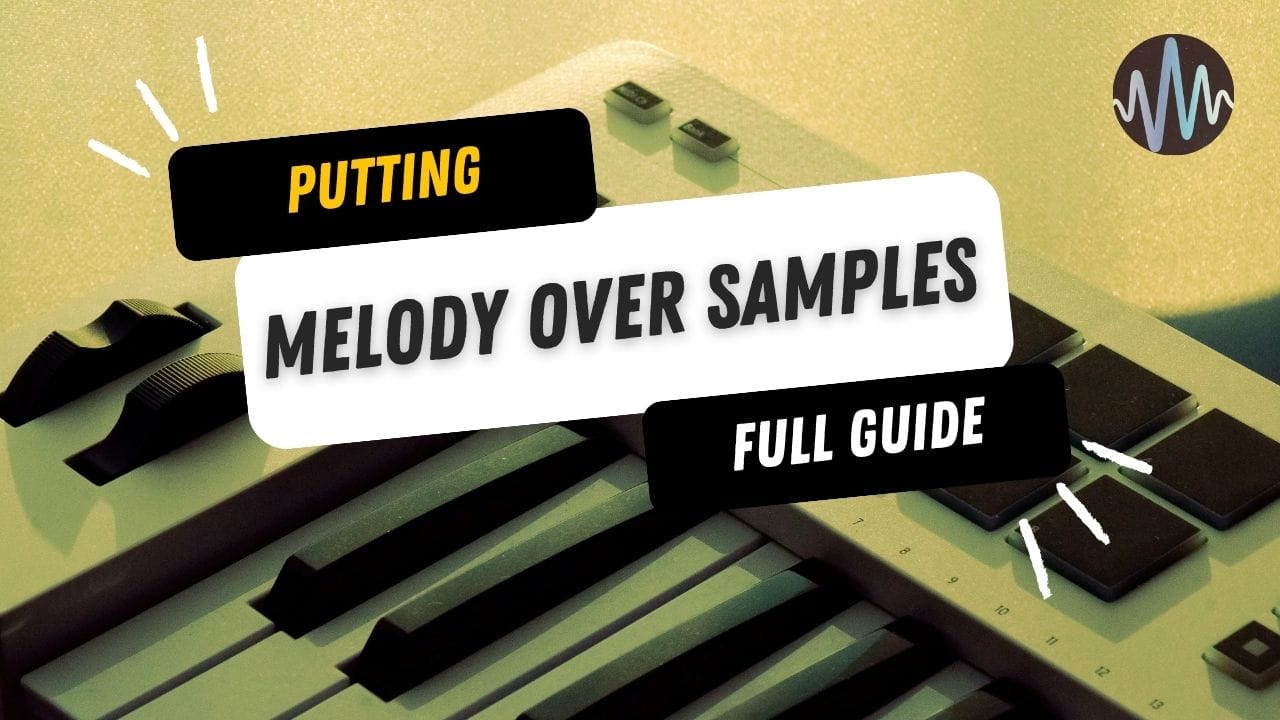
To an outsider, using samples might seem like a shortcut to making music without recording anything. But we all know that that's not the case.
Artists who make great sample-heavy music are those who can shape melodies and rhythms around music recorded by someone else, and that’s no trivial task.
Most likely you already know that Sample Focus offers some of the highest-quality and best-categorized samples, but how do you adapt your music workflow to the pre-recorded sounds you want to use? In this guide, we’ll discuss everything you need to know to make music based on your favorite samples.
Music Theory You Must Be Familiar With
There’s no way around it: if you want to make the most of your samples, you need to know a thing or two about music theory.
Key
The key (or root, or tonic) of a song is the single most important piece of information you need to connect your samples with a melody. This is basically the main note around which all the scales and chords are built.
In other words, the key is the tonal center around which the song revolves. For example, if a composition is in C Major, C is the root note and the corresponding major scale includes the notes C, D, E, F, G, A, B, and back to C.
Why do you need this when working with samples? Because once you find the most stable note in the song you’re sampling, you can use this knowledge to enrich your track (add lyrics, more sound layers) based on that “home” note and the whole scale the song is on. This is the only way to sing and harmonize a song in a cohesive way.
Scales
Scales are a group of notes that sound good together.
As we saw earlier, in the key of C, the notes of the major scale are C, D, E, F, G, A, and B. But in the key of D, the major scale becomes D, E, F#, G, A, B, and C#.
Why? Because all major scales follow the pattern of whole and half steps: W-W-H-W-W-W-H, and in a minor scale it's W-H-W-W-H-W-W. This pattern of intervals is easy to see on a piano:
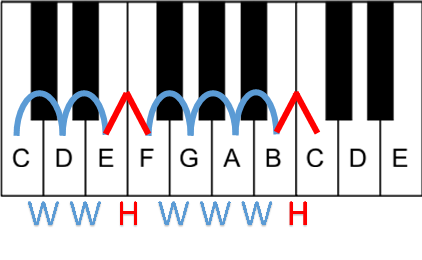
Here's another interesting fact: when you recognize a song, it’s mostly because of the intervals between notes rather than the actual notes played. In the case of using samples, this is useful if you want to maintain a recognizable sample while adjusting it to an idea in a different key.
Pitch
Pitch is the word we use to describe how high or low a sound is.
When an instrument plays a note, it creates vibrations, with higher pitches vibrating faster and lower pitches vibrating slower.
Pitch is measured in two ways: scientifically, by counting how many times a sound wave vibrates per second (in Hertz), and musically, using letters A through G to label notes. For example, the note A4 (the A above middle C) vibrates at 440 Hz.
That wasn’t always the case: before standardization to 440 Hz in the 20th century, every city and organization in Europe would come up with its own pitch standards, which could vary greatly.
Chord Progression
A chord progression is just a sequence of chords played one after another. The main scales you'll come across are the major and minor scales. Major scales often sound happy, and minor scales usually evoke a sad feeling.
In Western music, chords are created from a scale, and each note is identified by Roman numerals based on its position in the scale; major chords are labeled with capital letters (I, IV, V, etc.), and minor chords use lowercase letters (i, ii, iii, etc.).
In the case of the C Major scale, we have:
I – C Major / ii – D minor/ iii – E minor / IV – F Major / V – G Major / vi – A minor / vii° - B diminished
The chords change based on the scale you’re using. For the A Major scale, the notes are:
A - B - C# - D - E - F# - G# - A
So the chords in this scale are:
I - A Major / ii - B minor / iii - C# minor / IV - D Major / V - E Major / vi - F# minor / vii° - G# diminished
The Tools You Need
Apart from a DAW, nothing is truly necessary, but some things will definitely make your life easier:
MIDI Keyboard
Use a MIDI keyboard to access the full potential of your DAW and sound library. Before buying one, make sure it’s compatible with your DAW, and has all the things you usually need to make music (responsive keys, pitch and modulation control, pads, rotary controls, etc).
Creating chords and chord progressions is doable even without a MIDI keyboard, but most likely the process will be slower and much more tedious. Since they’re relatively affordable, I highly recommend you get one, even just a 25-key MIDI keyboard will suffice.
Key finder
A key finder is a website, software or app that analyzes audio and figures out the musical key and scale of a sample. There are countless tools out there that offer this service, from Melodyne to Mixed In Key and Tunebat.
Especially if you’re a newbie, this will speed up your music-making process considerably, but take their results with a pinch of salt: they don’t always get it right!
Spectrum Analyzer
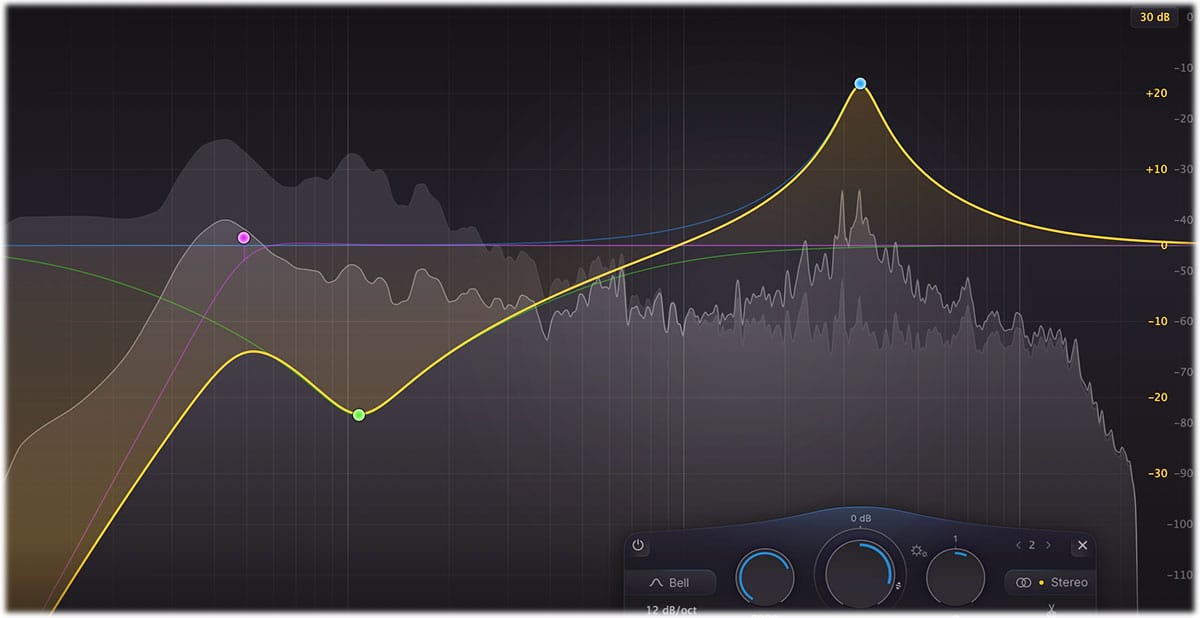
Adding new instruments to a pre-existing track requires frequency adjustments, and a spectrum analyzer will help you do that by showing you the frequencies present in your audio in real time.
This can help you understand which areas of your sample’s frequency spectrum you can enhance or mitigate to create a good mix.
Major and Minor Chords Cheat Sheet
Proficient or classically trained musicians might laugh at this, but I created a personalized chord cheat sheet I use every time, and I have no doubt it made me a faster, more versatile producer over the years.
A chords cheat sheet is basically a reference showing all the major and minor chords and their note structures. You can use it to quickly build chord progressions or melodies that fit a key, so that you can experiment more and remove unnecessary stress from your production workflow.
I printed mine and stuck it to the wall in my studio, but you can also have it saved on whichever device you use to make music.
Layering Melodies on Top of Samples – 5 Steps
Step 1: Find the Key
Before anything else, you need to know the tonal center of your sample.
Use a key finder tool or your ear to find the root note. For instance, if you’re working with a vocal sample and you know it’s in C minor, that becomes your home base for everything you’ll add on top of it.
Step 2: Lock in the Scale
Once you’ve got the key, work within its scale. In the case of C minor, your notes are C, D, Eb, F, G, Ab, and Bb.
If you notice the sample holds on G often (the fifth of the scale), that’s a clue you can use that note to create something that blends seamlessly with it.
Step 3: Start Simple, then Expand
Start with a simple melody that works well with the sample. Once you have a basic idea set in stone, duplicate it and try variations: shift one line up an octave, filter another, or add a countermelody with shorter notes. Find your way to create a conversation between the sample and your new sounds.
Step 4: The power of Rhythm
Syncopation and rhythmic contrast should be your bread and butter if you use samples in your music.
When it comes to melody, you can try playing your notes off-beat, add syncopation, or hold a long note over the sample. Options are endless, and as long as it sounds good to you, it works.
Rhythmic variety is also something that can make your tune shine; if you can create an engaging "conversation" between the sample, rhythm, and melody, you have a hit in your hands!
Adjust to the sample you use: if the sample has a basic structure, create movement through syncopated rhythms. If the sample already has a powerful groove, use minimalist and long chords to create a more meditative atmosphere.
Step 5: Mixing
Don't forget to make space in the mix. You want the new melodies to fit inside the track naturally, so use EQ to enhance or mitigate some frequencies from your sample so that your additions will sound organic.
Final Thoughts
I hope this guide will help you make better use of samples in your music!
After you get a grip on the techniques and music theory involved in the process, creating more sophisticated tracks using samples becomes much easier. So why don’t you head over to the Sample Focus library, download a few samples, and start experimenting with your style?
Have fun, and stay creative!


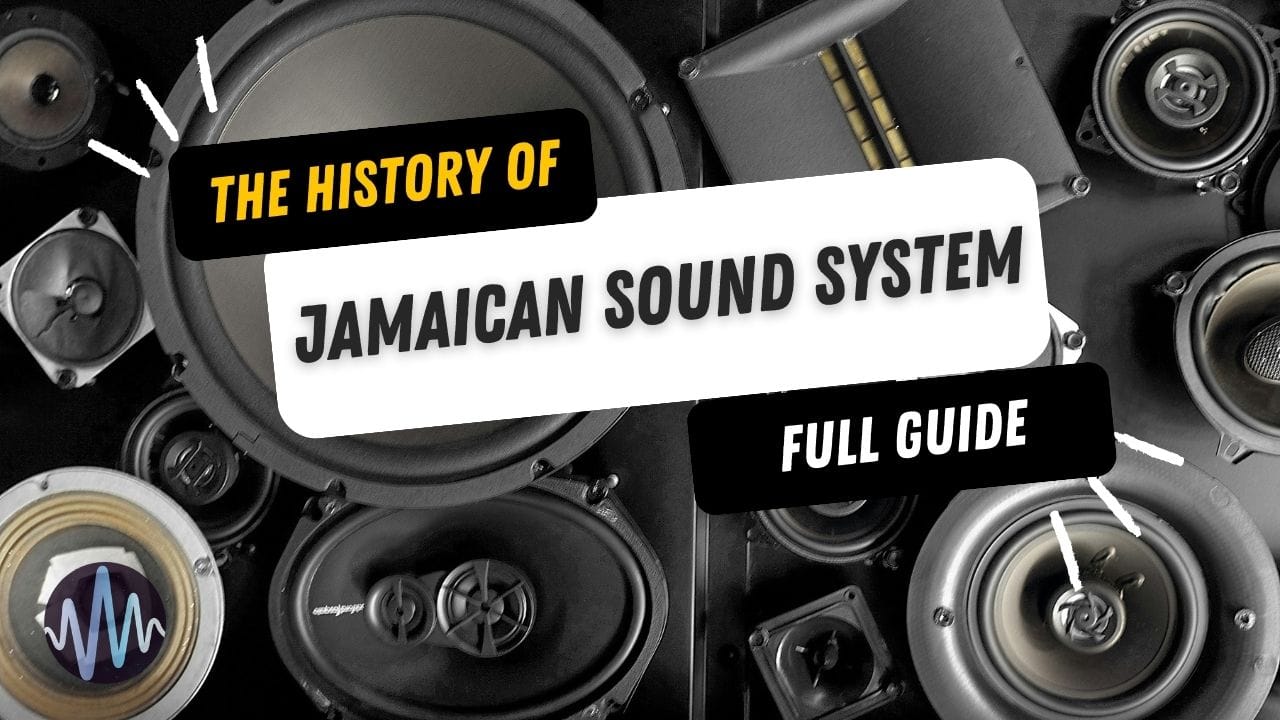


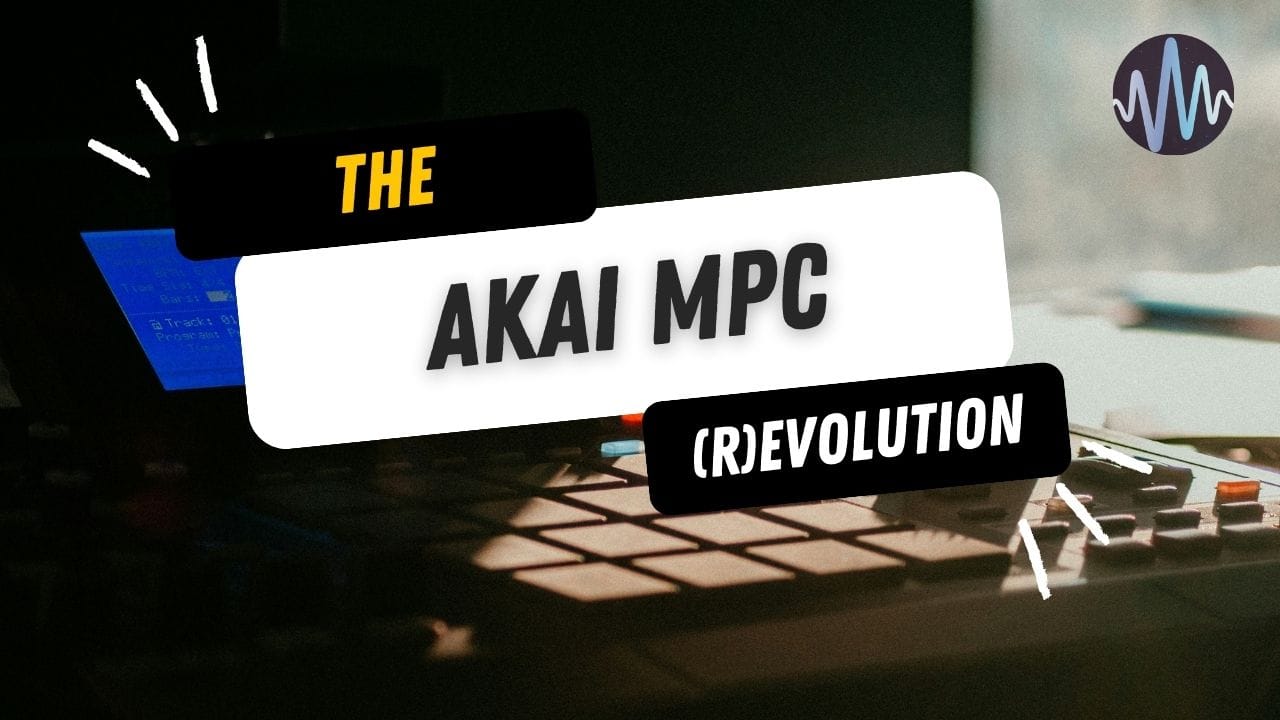
Comments